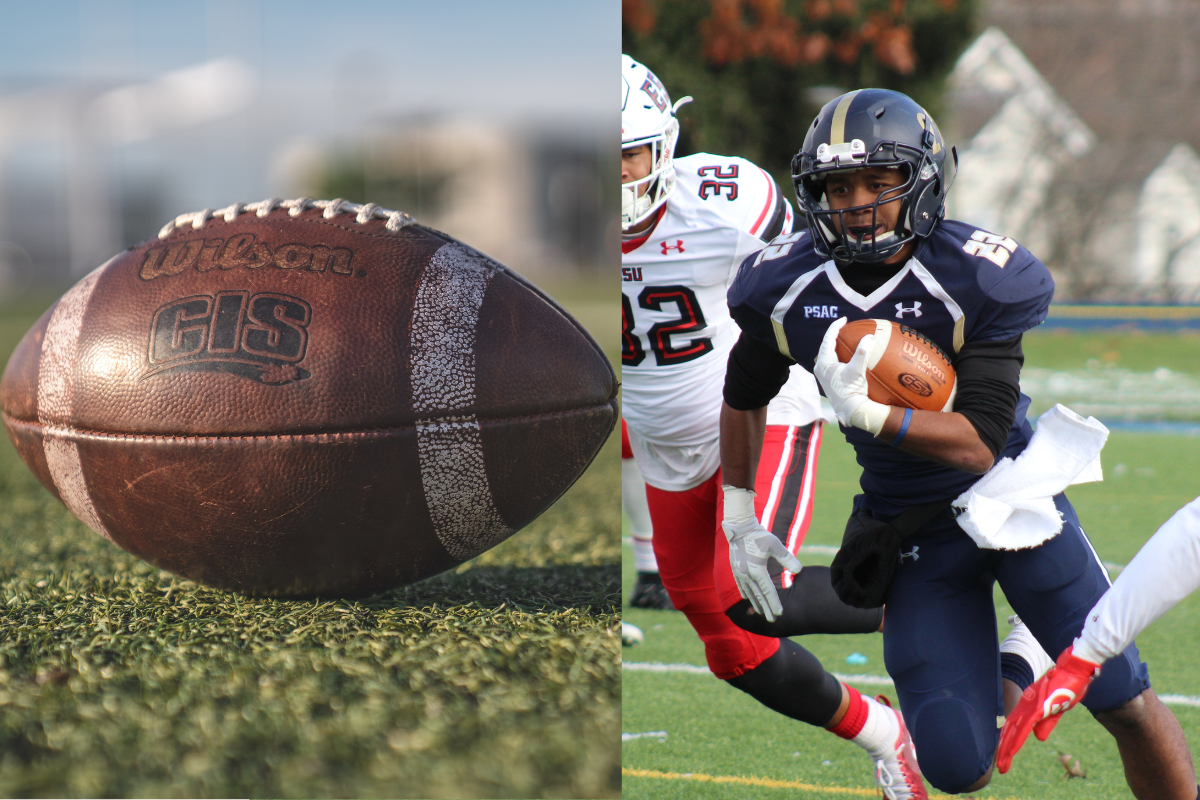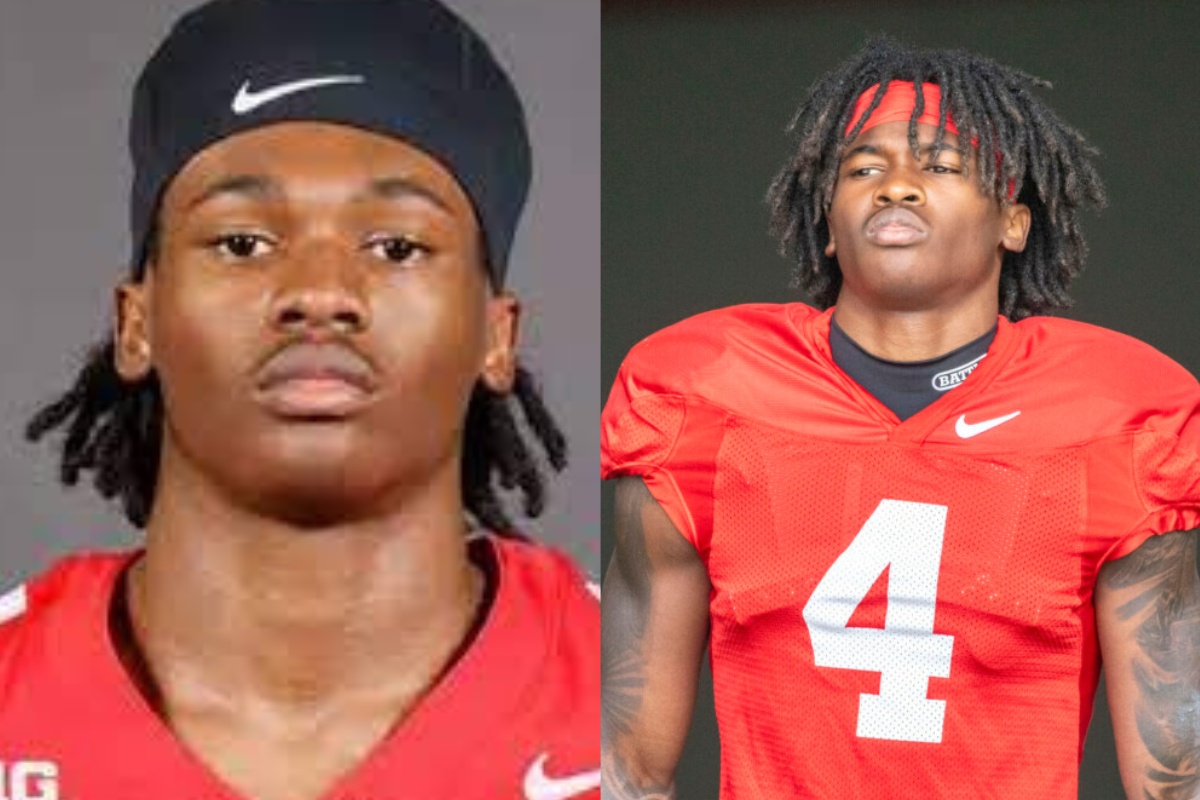Football, also called soccer in some countries, is a game with many rules and football positions. Each player has a unique job, and each role is very important for the team’s success. Understanding football positions will help you enjoy watching or playing the game even more. In this guide, we will examine the main football positions. We’ll see what each player does and how each football position helps the team win the match.
The Goalkeeper: The Last Line of Defense
The goalkeeper is a key player on the team. They are the only players allowed to use their hands, but only in their penalty box. The goalkeeper’s main job is to prevent the ball from going into the goal. Goalkeepers need to be quick, have good reflexes, and make decisions quickly.
A goalkeeper must also be able to read the game well. They need to see where the ball is going and get into the right position to stop it. They should be good at diving, jumping, and stretching to make saves. Sometimes, the goalkeeper has to come out of their goal area to stop the ball before it reaches the net. This requires a lot of bravery and confidence.
In a match I watched, the goalkeeper made an amazing save just seconds before the ball would have gone in. It made me realize how important this position is. Without a strong goalkeeper, it would be much harder for a team to keep the other team from scoring goals.
Defenders: Protecting the Goal
Defenders are the players who try to stop the attacking players from getting near the goal. Their job is to block, tackle, and steal the ball from the other team’s attackers. Defenders are very important because they help protect the goal and keep the score low. There are different types of defenders, and each has a special job.
Center-backs: The Strong Defense in the Middle
Centre-backs are defenders who play in the middle of the defence. They are typically the tallest and most powerful players. Their job is to prevent the other team from getting past them and scoring goals. Centre-backs are also great at heading the ball, which helps them clear crosses or high balls that come into the box.
Center-backs must be skilled at reading the game. This means they need to understand where the ball is likely to go and position themselves in the right spot. They are often involved in tackling attackers and blocking shots. A well-timed tackle or block from a centre-back can stop a dangerous attack from turning into a goal.
I’ve watched many games in which a centre-back made a key block that changed the game. Without these defenders, the team would have trouble stopping the other team from scoring.
Full-backs: Defenders with Extra Skills
Full-backs play on the left and right sides of the defence. They have a very important job because they need to stop the wingers of the other team from getting the ball into the box. A winger is a player who plays on the sides of the field and tries to cross the ball into the goal area. Full-backs stop them by blocking their crosses and making tackles to win the ball.
But full-backs don’t only defend. In modern football, full-backs are also important for the team’s attack. They help push the ball up the field by running down the sides and crossing the ball to the attackers. Full-backs need to have a lot of energy because they run up and down the field the whole game.
In a game I watched, the full-back made an incredible run up the field, crossed the ball perfectly into the penalty box, and the team scored. It showed me how important full-backs are for both defence and attack.
Wing-backs: Extra Help on the Sides
Wing-backs are a type of full-back who play in a team formation with three centre-backs. This gives wing-backs more freedom to push forward. Wing-backs are required to help the defence but also play an important role in the team’s attack. Their job is to run down the wing and deliver crosses into the box or even take a shot at the goal themselves.
Because wing-backs have to cover a lot of ground, they need to be fast and have great stamina. They are often involved in both attacking and defending, which is why they are sometimes called “two-way” players. The best wing-backs can create goal-scoring chances, track back to help their defence, and still have the energy to keep running the entire game.
Wing-backs are exciting to watch because they always have the ball in play. They are important for making the team-wide and stretching the field.
Midfielders: The Heart of the Team
Midfielders link the defence and attack. They often control the ball and decide how fast the game should go. They pass the ball to their teammates and help set up goal-scoring opportunities. Midfielders need to have good vision, be calm under pressure, and pass the ball accurately.
There are different types of midfielders based on what they do during the game. Some midfielders are more focused on defence, while others focus on creating goals for the team.
Central Midfielders: Control and Distribution
Central midfielders are often seen as the heart of the team. They play in the middle of the field and are responsible for controlling the game. Central midfielders are very good at passing the ball. They make short passes to keep possession and longer passes to move the ball up the field.
A central midfielder also helps the team win the ball back when the other team has it. They are important for controlling the speed of the game. They decide when to slow down the game and when to make a fast attack.
In a game I watched, a central midfielder made a brilliant pass from the middle of the field to the winger, who crossed the ball into the box for a goal. Without the central midfielder’s skill in passing, the attack would not have happened.
Attacking Midfielders: Setting Up Goals
Attacking midfielders focus on creating chances for the team to score goals. They play closer to the forwards and are often the ones who make the final pass before the striker scores. Attacking midfielders are great at dribbling the ball, finding space in the defence, and making sharp passes. They are also good at shooting and can take long shots at goal.
Attacking midfielders are important because they help make the attack more dangerous. A good attacking midfielder can change the flow of the game with just one clever pass or dribble.
In one game I watched, the attacking midfielder picked up the ball in the middle of the field, dribbled past a few defenders, and then made a perfect pass to the striker for a goal. This showed me how important it is to have a creative attacking midfielder on the team.
Defensive Midfielders: Protecting the Defense
Defensive midfielders play in front of the defenders. They have the job of protecting the defence from the other team’s attacks. Their main task is to win the ball back and break up the other team’s plays before they reach the defenders. Defensive midfielders are also important for starting counterattacks by passing the ball quickly to teammates in attack.
A good defensive midfielder must have good tackling skills and be able to read the game. They need to be calm under pressure and make sure the team stays solid in defence. Although defensive midfielders don’t always get a lot of praise, they play a vital role in stopping the other team from scoring.
I’ve seen many games where the defensive midfielder stopped dangerous attacks by making key tackles and interceptions. Without them, the team’s defence would be much weaker.
Forwards: Scoring Goals
Forwards are the players whose main job is to score goals. They are the ones who are closest to the opponent’s goal and try to finish chances by scoring with their feet or head. Forwards need to be fast, clever, and good at finding space. There are different types of forwards, each with a different role on the field.
Strikers: The Main Goal Scorers
Strikers are the players who are most focused on scoring goals. They play in the centre of the attack and are usually the most dangerous players in front of the goal. A striker’s job is to finish passes from teammates and score as many goals as possible. They need to be good at shooting, positioning themselves well, and reacting quickly.
Strikers often get the most attention because they score the goals that win games. In the game I watched, the striker scored a great goal with a powerful shot from outside the box. This reminded me how important it is to have a good striker on the team.
Wingers: Speed on the Sides
Wingers are forwards who play on the left or right sides of the field. They are very fast players who use their speed to run down the wing and cross the ball into the penalty box. Wingers also try to get past defenders by dribbling and cutting inside to take shots at goal.
Wingers are crucial in creating chances for the striker. They stretch the field by running along the sides, opening up space for other players. Wingers can also score goals by shooting from the edge of the box.
Wingers are fun to watch because they make the game fast and exciting. Their speed and skill are key to breaking down the opponent’s defence.
False Nine: A Special Type of Forward
The false nine is a special type of forward. They start as strikers but often drop deeper into the midfield to help with passing and ball control. This confuses the defenders, who expect the striker to stay near the goal. The false nine can create space and help the team play differently.
The false nine position is tricky because it requires smart and flexible play. Players must know when to move closer to the goal and when to drop back to help the team play.
I’ve seen teams use a false nine, and it changes the way the attack works. It pulls defenders out of position and makes it harder for the other team to defend.
The Importance of Each Position
Every football position field is important. From the goalkeeper who stops goals to the forwards who score them, each player plays a key role. Understanding these football positions helps you appreciate the game more. Football is a team sport, and every role contributes to the team’s overall success.
Whether you’re watching a match or playing, knowing the different football positions will make the game more exciting. Football is a beautiful sport because of how all the players work together. Each position helps the team, and without any of them, the team would struggle. Understanding how each position works will help you see how every pass, tackle, or shot makes a difference.



